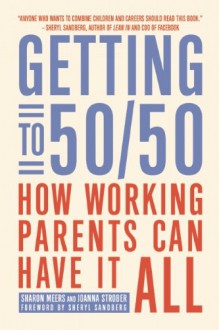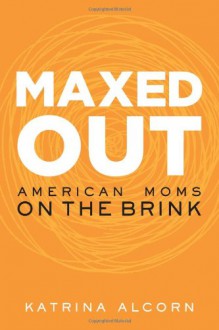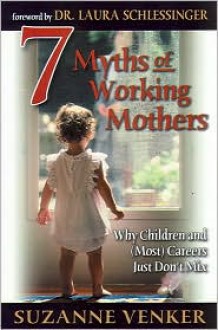
Getting to 50/50 suggests a new framework for considering family and work that will appeal to experienced professionals and those just starting their careers.
Is gender equality fostered by having more women in the workforce, or getting men more involved on the homefront? Have we been concentrating on only half of the equation, ignoring an important aspect of work-life balance: men’s contributions? The authors of Getting to 50/50: How Working Parents Can Have It All say the answer is definitely “yes.”
In the latest edition of their provocative book, experienced executives Sharon Meers and Joanna Strober consider decades of social science research and personal experience that support the notion that couples’ equal distribution of child care and professional pursuits benefits not only women, but their husbands and children, too.
Getting to 50/50, originally published in 2009, was a timely title in the year women achieved a majority presence in the workforce. An updated edition seems warranted, considering the vast economic changes that accompanied the ensuing recession. Aside from adding a new introduction by Facebook COO Sheryl Sandberg, however, Meers and Strober do not update their data for the 2013 edition.
It’s still interesting to learn that children of working and stay-at-home mothers are equally happy with the amount of time they spend with Mom, or that couples who split household duties in half also cut their odds of divorce by fifty percent. New information about the difficulties in finding satisfying, well-paying work in a drastically altered economy, though, would increase the book’s currency.
Meers, a longtime managing director at Goldman Sachs, and Strober, a venture capital investment veteran, write clearly for a wide audience, drawing on academic studies, popular books, and personal interviews. The authors lay out their book in three parts: they consider the benefits of two-career families; debunk popular myths associated with working families; and offer practical advice for the modern family trying to navigate these uncharted waters. The information is well-documented in chapter-specific notes, and the authors offer an extensive reference list for further research.
While their arguments are well-supported by evidence, Meers and Strober concentrate so much on studies that back their call for dual earner households that we may wonder if they have chosen to avoid more critical findings. Consideration of both sides—more attention to the “small number” of children they report may be adversely affected by day care, for instance—would lend additional authority to their position.
Getting to 50/50 suggests a new framework for considering family and work that will appeal to experienced professionals and those just starting their careers. The average worker may find it less relevant, as the focus is on upper echelon CEO-type positions, but all types of families can benefit from shifting perspective from competition between men and women, to cooperation that improves life for everyone involved.
Sheila M. Trask for ForeWord Reviews
October 21, 2013

 Log in with Facebook
Log in with Facebook 







